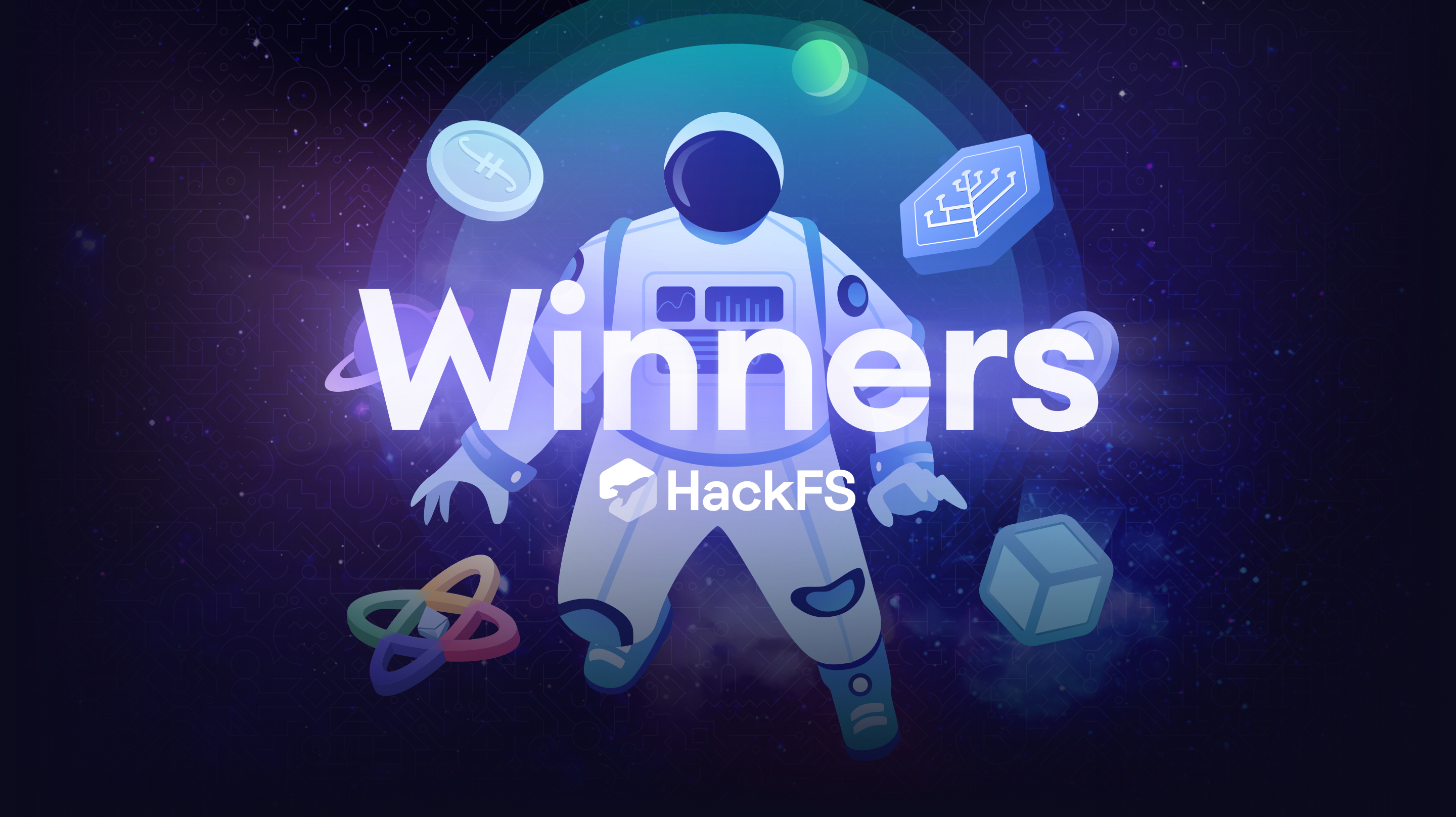

The Graph and Filecoin HackFS Hackathon – Bounty Winners
is one of the main protocols that The Graph currently supports. IPFS has become a standard for decentralized storage in the Web3 ecosystem and is used by countless decentralized applications. By anchoring IPFS files on-chain, you can get virtually unlimited decentralized storage with the consensus guarantees provided by Ethereum. This allows applications to build richer product experiences by including more data with stability and variability guarantees. This year, the team behind IPFS will launch Filecoin, an incentivization layer for IPFS.
The Graph participated in the Filecoin HackFS hackathon and offered bounties to the participants building with The Graph. Many amazing subgraphs came out of this hackathon! We want to highlight the two winners below.
Public Annotation Network
(PAN) is an open-source censorship-resistant web annotation service. The goal is to create a browser extension that makes it as easy as possible for users to annotate content on any web page and read annotations published by other users without the risk of being subject to censorship. Currently, the MVP is available for Chrome-based browsers and is only compatible with Twitter.
With both Metamask and PAN installed, a PAN icon displays on the right-hand side when reading a Tweet. When the icon is clicked, a user can read existing annotations for the content displayed in their browser, as well as compose an annotation and publish it through the PAN publisher service. This annotation will then be propagated through Ethereum and IPFS to other users who will be able to see it, e.g., when someone accesses that Tweet. The PAN subgraph captures all annotations, allowing anyone to easily query published data. You can find the subgraph .
PadLock
helps artists monetize creative work via the decentralized web. Users can buy or sell access to exclusive content hosted on IPFS and Filecoin. The app generates unique encryption and decryption keys and stores them in the encrypted state of a privacy-preserving smart contract on Secret Network. The PadLock subgraph tracks data about artists and their creative works. You can find the subgraph .
The Graph team wants to give a big thank you to all the teams that applied to the bounties and a large congratulations to the winners! We look forward to seeing many more amazing projects use The Graph when building with IPFS.
About The Graph
is the leading indexing and query protocol powering the decentralized internet. Since launching in 2018, it has empowered tens of thousands of developers to effortlessly build and leverage across countless blockchains, including Ethereum, Solana, Arbitrum, Optimism, Base, Polygon, Celo, Soneium, and Avalanche. With powerful tools like Substreams and Token API, The Graph delivers high-performance, real-time access to onchain data. From low-latency indexing to rapid token data, it serves as the premier solution for building composable, data drive dapps.
Discover more about how The Graph is shaping the future of decentralized physical infrastructure networks (DePIN) and stay connected with the community. Follow The Graph on , , , , , and . Join the community on The Graph’s , join technical discussions on The Graph’s .
oversees The Graph Network. , , , and are five of the many organizations within The Graph ecosystem.
